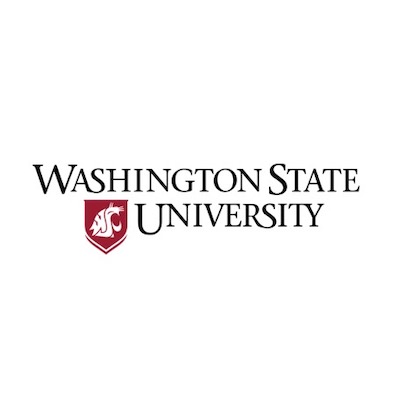Washington State University: Community helping identify subjects in Nash photo archive
A Facebook group is collaborating to tell the stories behind images of migrant farmworkers in Washington’s Yakima Valley photographed five decades ago.
Washington State University owns the photo archive, after buying the images from Seattle photographer Irwin Nash in the early 1990s. Nash documented the life experiences of migrant laborers in the Yakima Valley between 1967 and 1976, saying later that he was motivated to “call attention to the plight of a segment of the population that has never received the recognition and compensation merited by their contribution to society.”
Digitizing the negatives was a multi-year endeavor, funded in large part by people in the Yakima Valley.
Once that work was done and the photos were available online, “the goal post changed,” said Lipi Turner-Rahman, the former librarian who headed up that work who is now director of development for WSU Libraries.
“It was very important that the individuals in those photographs be identified, that their names are on the record,” Turner-Rahman said.
Currently most of the photos have generic information, such as “a woman in a field picking asparagus.”
“It is factually correct, it is a woman in a field picking asparagus, but that individual has a name, a story, a narrative that isn’t told because we don’t know her name or her history,” Turner-Rahman said.
She started a Facebook group called Nash Photo Collection where she posts images and group members share information on location or subject matter.
“It’s a slow process, but it’s an ongoing rewriting of the narrative so that the Yakima Valley community is able to get their story out,” Turner-Rahman said, adding that she hoped to begin gathering oral histories soon.
Francisco S. Martinez is a member of the Nash Photo Facebook group and remembers Irwin Nash visiting his hometown of Granger, Washington.
“I was kind of like, ‘Why’s that guy taking pictures?’” Martinez recalled. He was in high school at the time and his family members were farmworkers. Now, he has helped identify some of the people he grew up with and believes the Nash collection is important.
“Irwin Nash was documenting a history that wasn’t going to be known,” he said. “We were left out of the newspapers — the only time they would cover stories of a farmworker is if someone’s house burned down or something.”
Martinez went on to college and taught high school social studies in Pasco for 31 years.
About 45 of Nash’s photos are on display in the Jordan Schnitzer Museum of Art on the WSU Pullman campus. Turner-Rahman said she’d like the exhibit to travel to the Yakima Valley, Tri-Cities and Wenatchee when it closes at WSU in March.
Freddy Jimenez, a WSU student, made arrangements to tour the exhibit with fellow members of the Crimson Group, an advocacy group for undocumented students.
“Many of our members grew up in the fields like I did,” he said. “Many of our members’ parents still work in the fields. Seeing the exhibit will allow us to connect to our past.”

